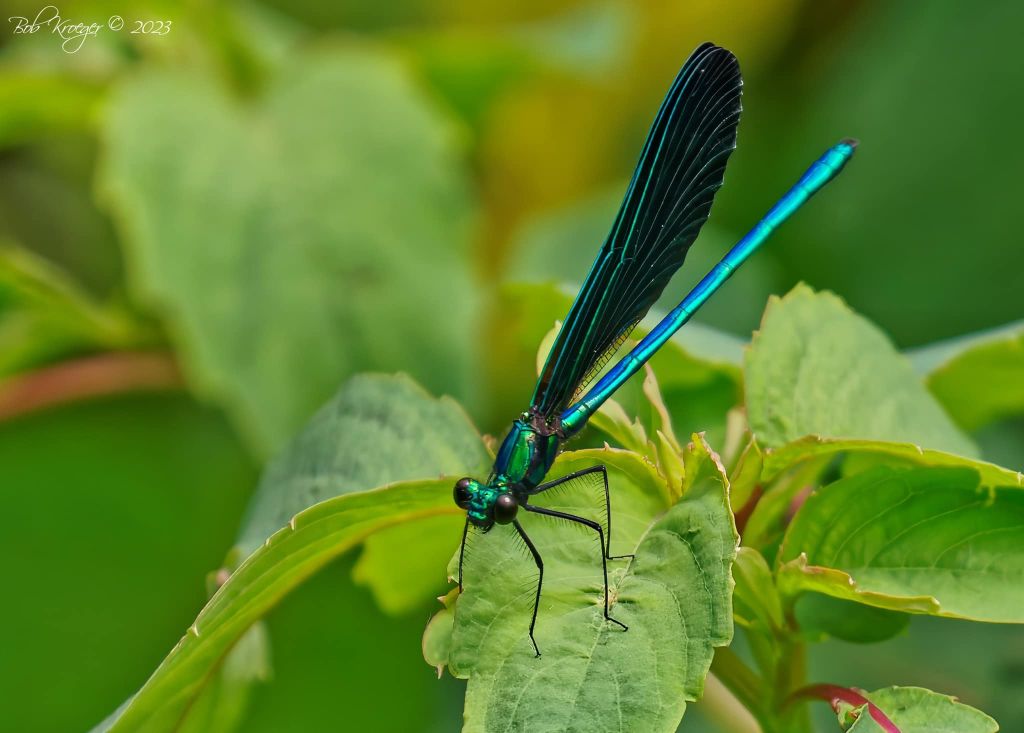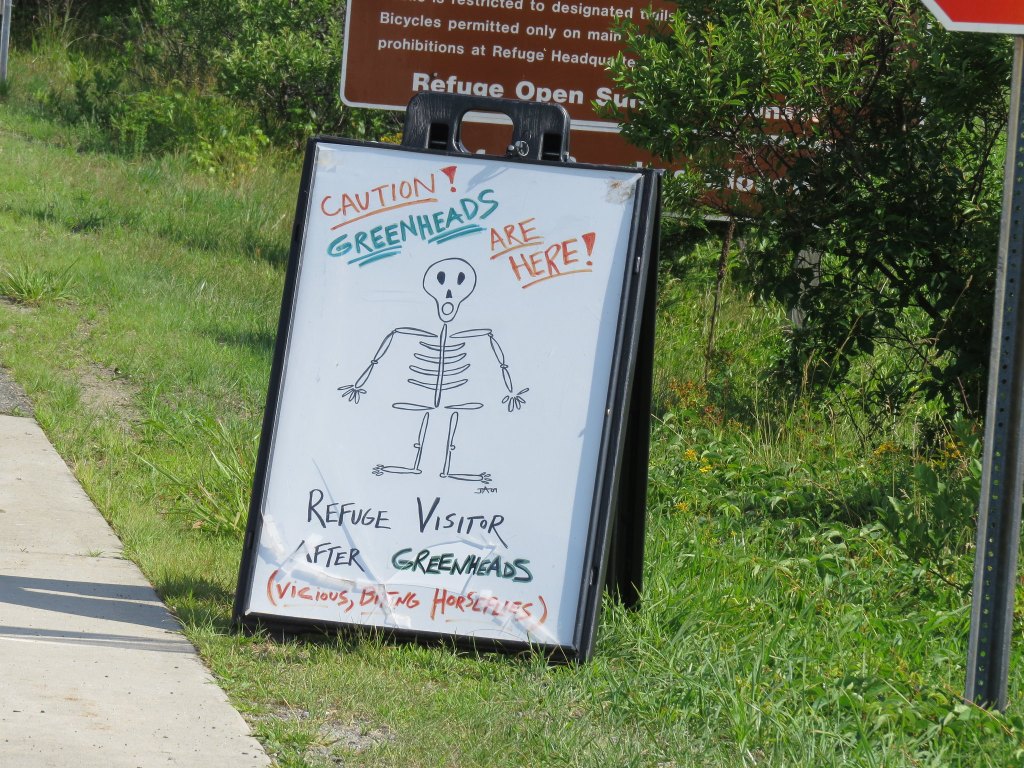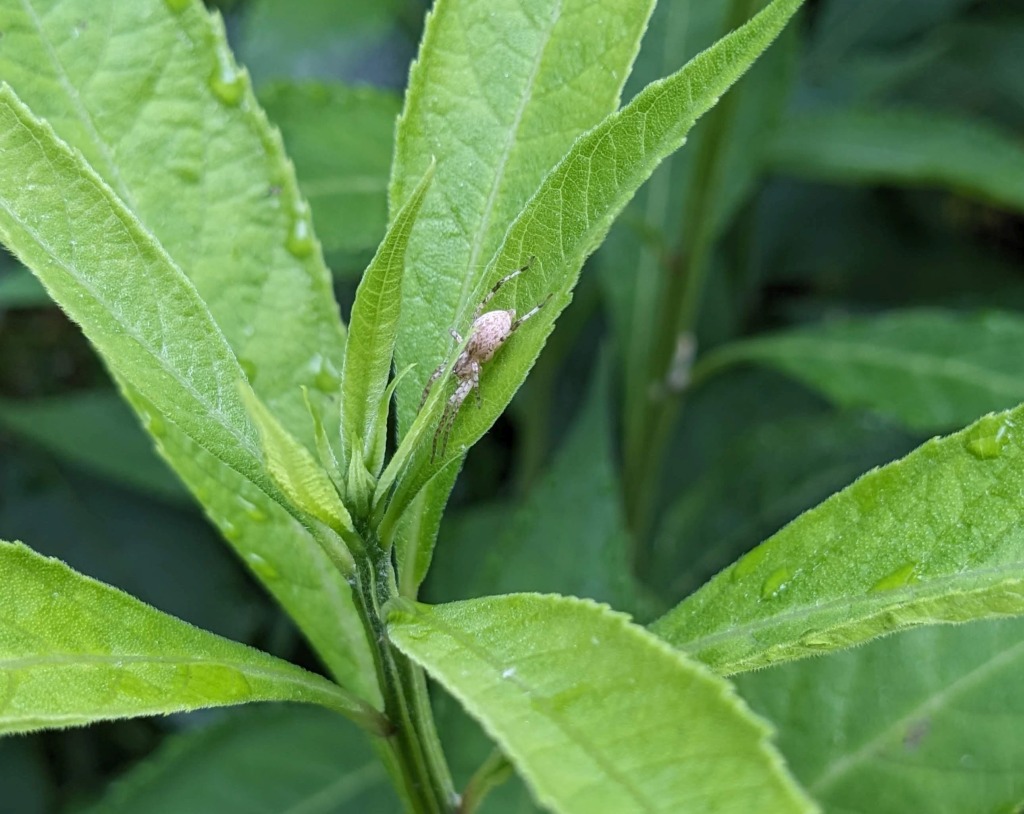17 July 2023
When Canadian wildfire smoke swept into Pittsburgh in late June it gave us two and a half days of terrible air quality, then dissipated suddenly on 30 June. Kaleem Kheshgi captured the stark contrast from smoke to clear in photos on 29 and 30 June. Even as the smoke dispersed meteorologists warned that it could and would return because the fires are still burning.
Today their prediction comes true. Wildfire smoke from Alberta and British Columbia has blown into the U.S. and caused Code Red air quality alerts yesterday from Montana to Michigan and Kentucky.

Pittsburgh was in the clear at the time but not anymore. At 5am today Pittsburgh was already in Code Orange and the red zone was approaching. Cleveland and Buffalo are among the many locations in red. (Pittsburgh is marked with a * on these maps.)

Code Orange will force some of my friends indoors today. Code Red is bad for everyone.
A code ORANGE air quality alert means that air pollution concentrations within the region may become unhealthy for sensitive groups. Sensitive groups include children, the elderly, and people suffering from asthma, heart disease, or other lung diseases. The effects of air pollution can be minimized by avoiding outdoor exercise or strenuous activity. A code RED air quality alert means that air pollution concentrations are unhealthy for the general population.— National Weather Service Alert
A look at some individual monitors on the AirMatters app tells the story at 6:30am. I’ve set my app to look at Pittsburgh, plus local monitors near Frick Park (“Forest Glen”), Carlow University and one of several monitors in Homestead.
Today’s forecast says we’ll be in Code Orange but the Red Zone is so close that we will probably see Red spikes before rain and thunderstorms clear it out late this afternoon/evening.
Check your own air quality at AirNow https://www.airnow.gov/. Download the AirMatters app at the Apple Store or Google Play.
(photos by Kaleem Kheshgi, maps from AirNow.gov)









































